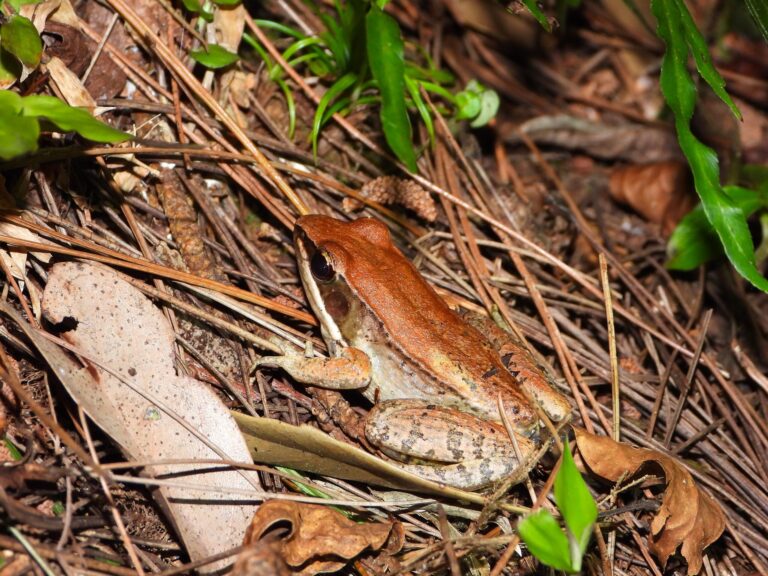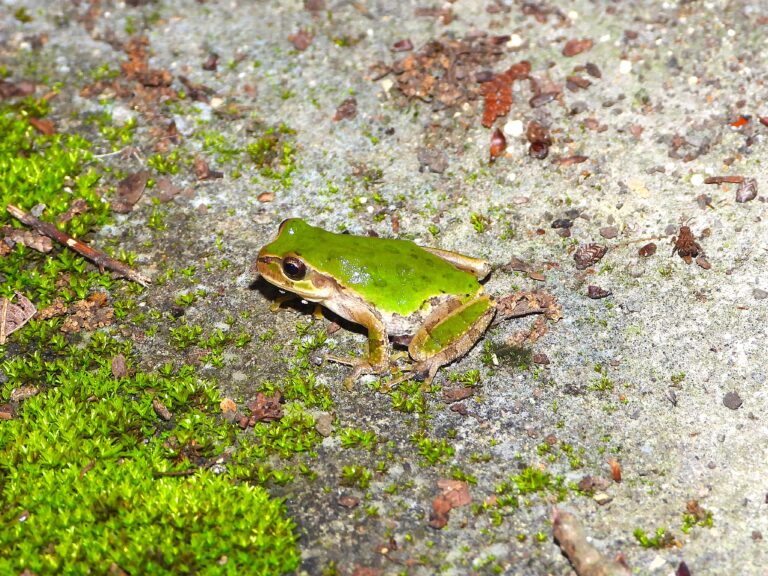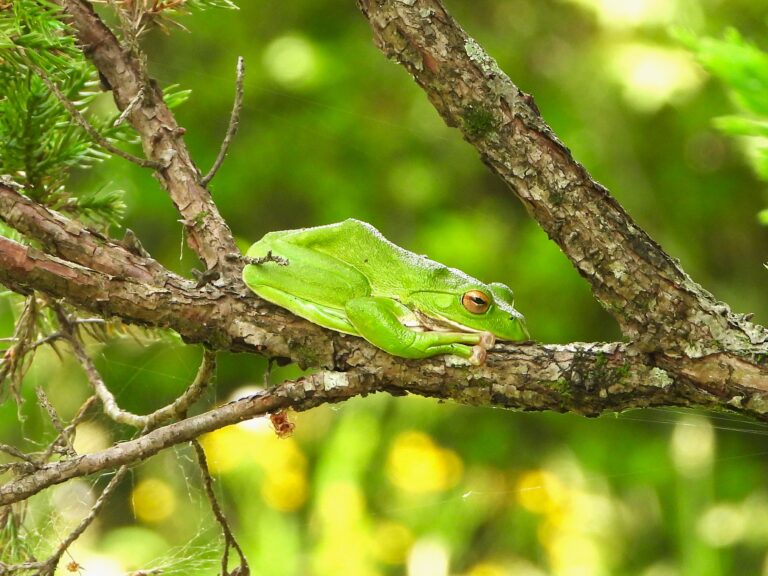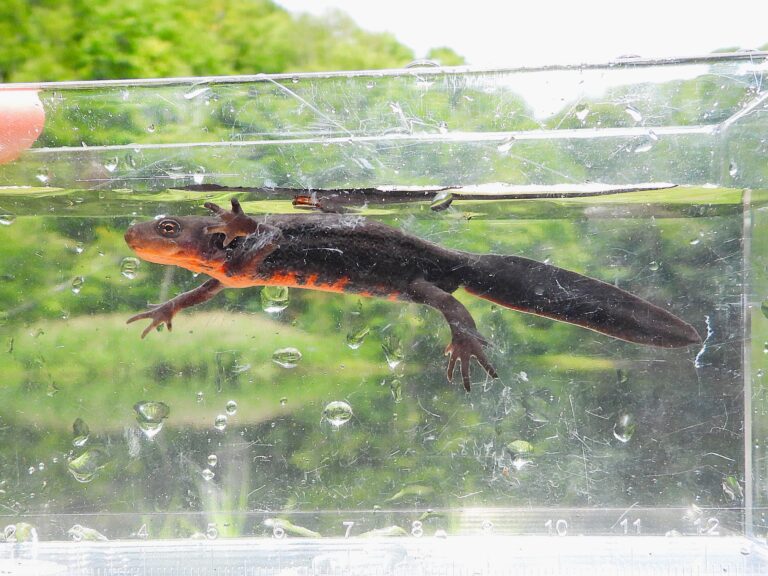Eiffinger’s Tree Frog (Kurixalus eiffingeri) – Wildlife of Japan
Introduction
Eiffinger’s Tree Frog is a small rhacophorid that lives on Taiwan and Japan’s Yaeyama Islands—mainly Ishigaki and Iriomote. The species breeds inside tiny water pockets such as bamboo stumps and tree holes. It also shows a remarkable style of parental care that fascinates biologists.
Appearance
Adults measure around 31–40 mm in length. They have rough dorsal skin covered with small bumps, while their toe webbing is only partly developed. The frog’s grayish-brown or greenish-brown color blends perfectly with bamboo and forest litter, helping it stay hidden from predators.
Habitat & Distribution
In Japan, this species occurs only on Ishigaki and Iriomote Islands. It usually inhabits subtropical evergreen and bamboo forests. The frogs breed inside extremely small “phytotelmata,” which are natural water pools inside bamboo or tree cavities.
In Taiwan, populations live from sea level up to about 2,000 m. In contrast, the Japanese populations stay mainly in lowland forests.
Behavior
Male frogs call from water-filled cavities to attract females and often stay nearby after mating. Inside those tiny water holes, tadpoles grow and feed on unfertilized eggs that their mother provides—a behavior confirmed in both Taiwan and Japan.
Moreover, a 2024 study revealed that these tadpoles suppress or delay defecation for long periods. As a result, they prevent toxic ammonia from accumulating in their limited water environment.
Diet
Researchers have not yet collected much data on the adult diet. However, like most small arboreal frogs, they probably eat forest invertebrates such as insects and spiders.
The tadpoles rely entirely on unfertilized trophic eggs laid by the female, showing a unique case of oophagy.
Reproduction
Females attach their eggs just above the water line inside bamboo stumps or tree holes. When the eggs hatch, the larvae fall into the water below.
Males sometimes remain to guard the eggs—a behavior reported in Taiwan and occasionally in Japan. In addition, females revisit the site and deposit trophic eggs, ensuring that their young have enough food to survive.
Conservation
The IUCN currently classifies K. eiffingeri as Least Concern. However, the species relies heavily on tree holes and bamboo cavities, which makes it vulnerable to forest disturbance. Therefore, protecting old bamboo groves and trees with hollows is essential to sustain local populations in the Yaeyama Islands.
Author’s Impression
Eiffinger’s Tree Frog is quite difficult to find in the field. These frogs often rest on tree trunks or among leaves, which makes spotting them a real challenge. Still, if you search patiently, you might be rewarded with one of Japan’s most fascinating amphibians.







